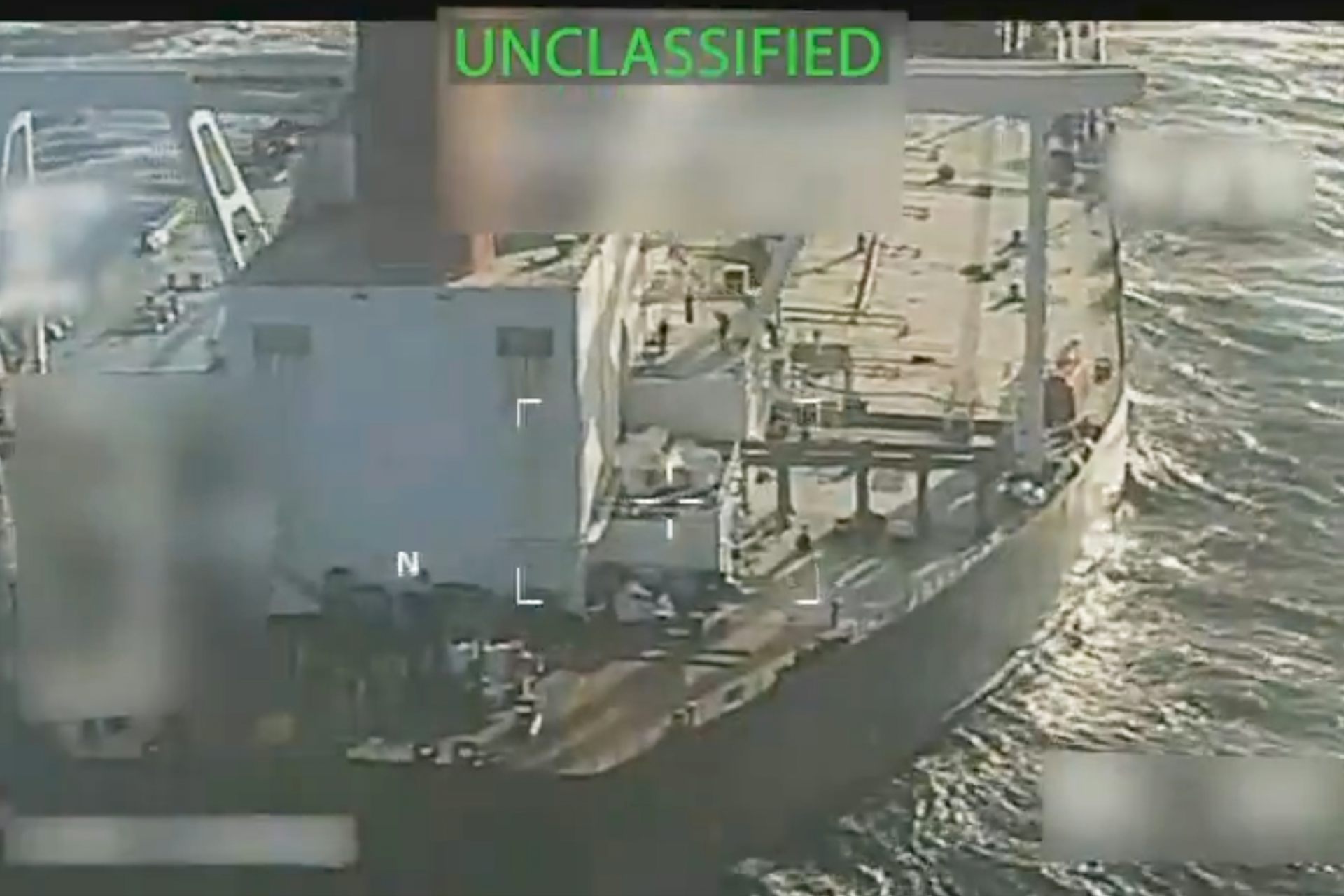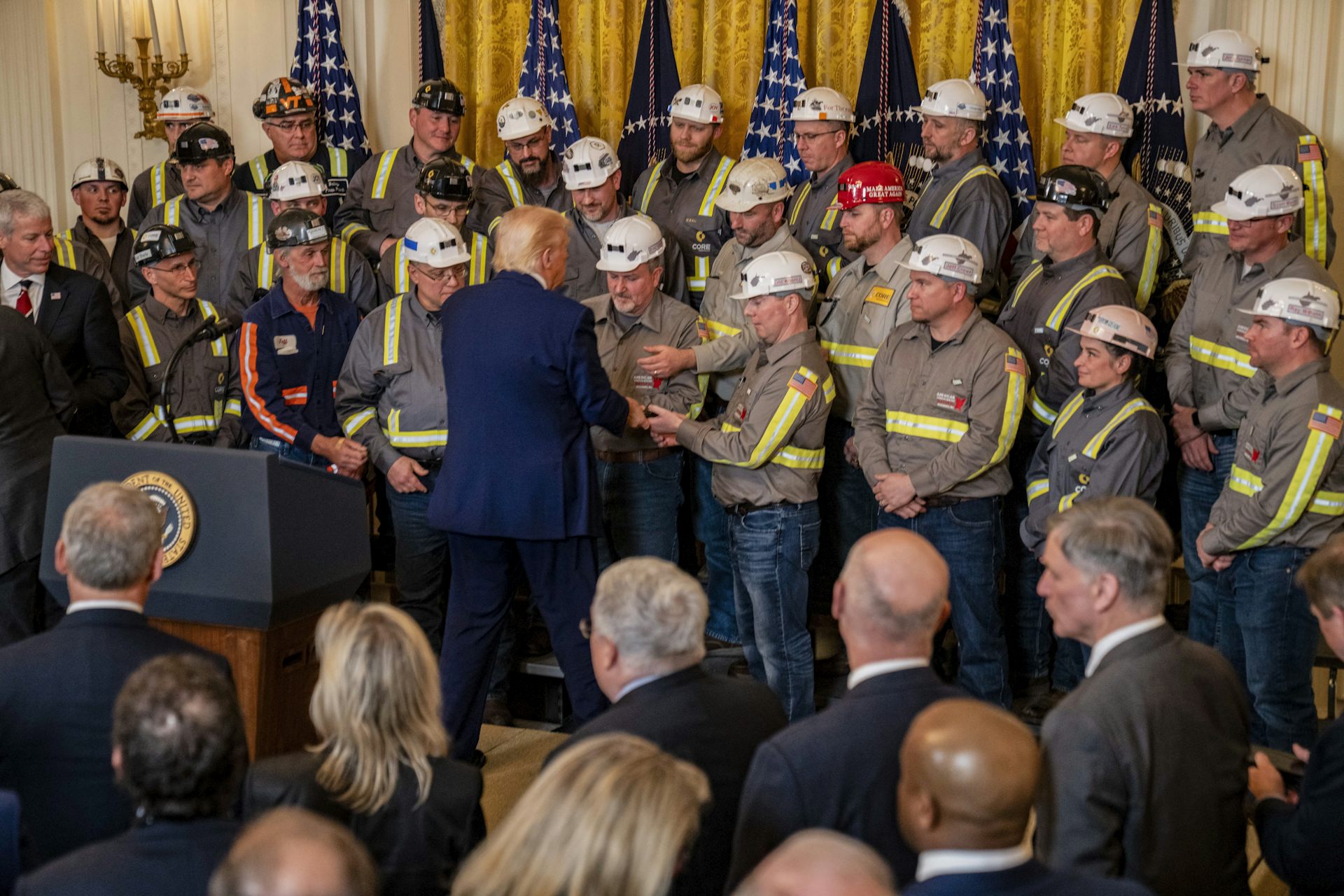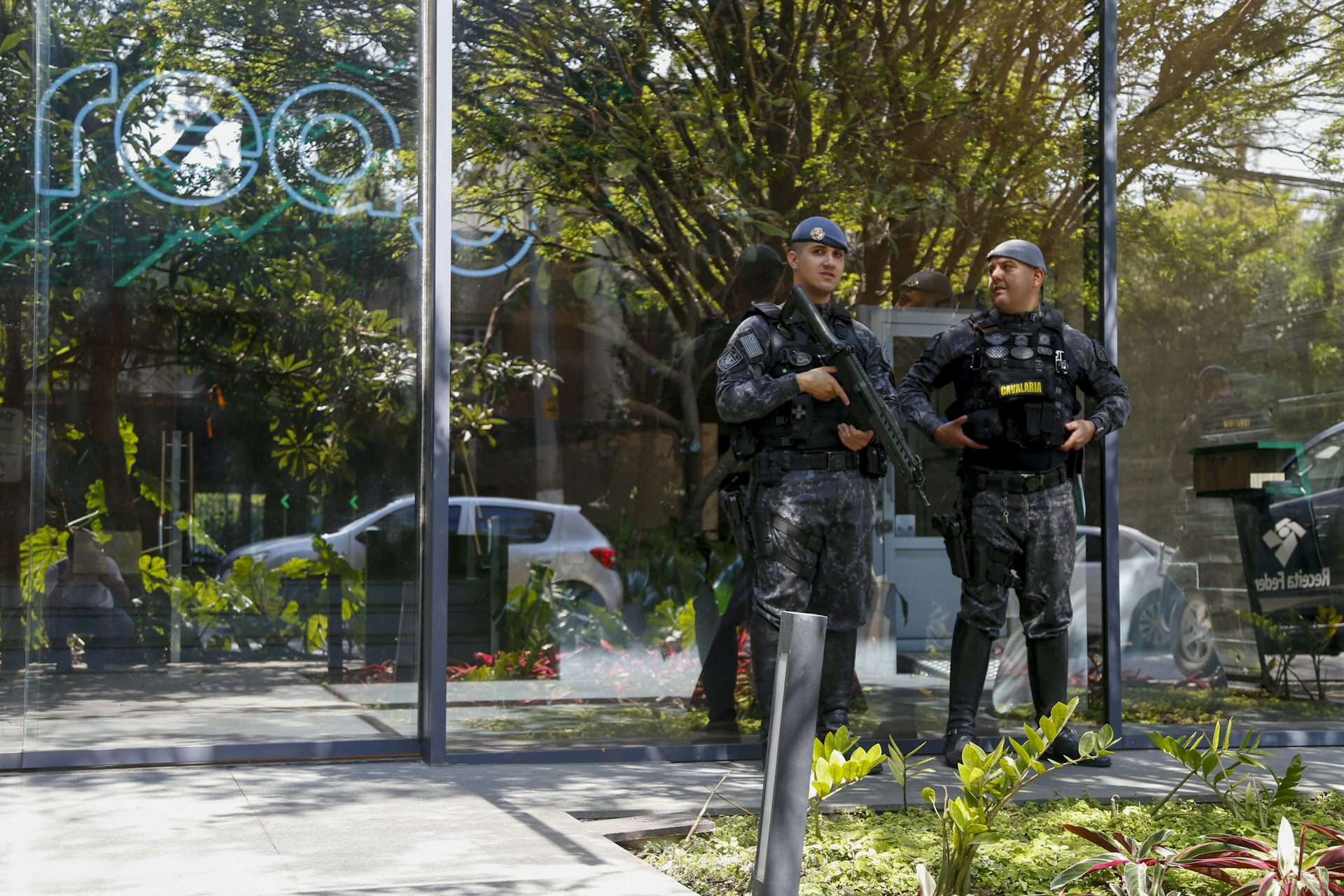A nuclear treaty between Russia and the US is falling apart – can it be saved?
A Cold War era treaty helped dismantle more than 2,500 missiles between the US and Russia.

Secretary of State Mike Pompeo announced Feb. 1 that the United States would withdraw from its nuclear weapons treaty with Russia.
Since the Obama administration, the U.S. has accused Russia of being in violation of the Intermediate-Range Nuclear Forces Treaty, which prohibits the U.S. and Russia from developing a certain types of ballistic and cruise missiles. A day after Pompeo’s announcement, President Vladimir Putin announced that Russia would also suspend its participation in the treaty.
The treaty is not dead yet. The announcements serve as the six month’s notice required by the treaty before parties can withdraw. There is still time to reconcile differences.
But I don’t think that will happen.
I worked on issues related to arms control and nuclear nonproliferation at both the State Department and Department of Defense.
Here’s why a resolution is unlikely.
Cold War context
In the 1970s, the Soviet Union began placing missiles in strategic locations within its territory that could each carry three nuclear warheads a distance of about 2,500 miles.
These SS-20 missles were in a category of weapons called “intermediate-range ballistic missiles.” The missiles could strike almost all 29 member states of the North Atlantaic Treaty Orgnization with the exception of the U.S. and Canada.
At the time, NATO did not have a way to address the new threat through diplomacy with the Soviets. Nor did they have equivalent missiles capable of striking strategic locations in the Soviet Union from Western Europe.
The U.S. sought to reassure NATO allies and deter a nuclear Soviet attack on Western Europe. In the early 1980s, it placed the Pershing II ballistic missile, as well as other missiles in Belgium, Italy, the Netherlands, the United Kingdom and West Germany.
The move was designed in part to counter the Soviet missile threat, and also persuade the Soviets to negotiate to limit the number of intermediate and short-range missiles on both sides in Europe and the Soviet Union.
Terms of the treaty
Negotiations between the U.S. and Soviet Union began in 1979 in the late stages of the Carter administration. The aim was to limit the number of intermediate-range missiles each could deploy. The negotiations carried over into the Reagan administration with various proposals on how many missiles each side could have and where they were be allowed to be placed.
In 1987, Mikhail Gorbachev proposed eliminating all short- and intermediate-range missiles. This led to the landmark INF Treaty that banned the entire class of missiles. The treaty was signed by Presidents Reagan and Gorbachev on Dec. 8, 1987.
Both sides agreed to eliminate all existing cruise and ballistic missiles that could be launched from the ground (as opposed to from the sea or sky) and had a range between roughly 300 and 3,400 miles. They also pledged to “not have such systems thereafter.”
Before the treaty’s implementation deadline in 1991, the U.S. and Russia destroyed more than 2,500 missiles covered by the treaty.
Nuclear powers beyond Russia
The United States first became concerned with Russian compliance with the treaty in 2014, when it alleged that Russia had tested a missile that violated the range restrictions of the treaty. Russia denied the accusation.
Meanwhile, countries such China, Iran or North Korea, are not constrained by any treaties related to developing missiles that can carry nuclear weapons. These countries have continued to develop or are considering developing such missile technology.
Russia began to fear in the mid-2000s that the treaty was constraining its military options.
Some analysts have argued the U.S. should abandon the INF Treaty for this same reason – not because of Russian noncompliance, but because it limits U.S. military options vis-à-vis China. The treaty prohibits the U.S. from putting ground-launched, short-range missiles in places like Japan. Trump’s national security adviser John Bolton is a firm proponent of this approach.
Prospects for the treaty don’t look good.
Russia has long denied being in violation of the treaty. The Trump administration is skeptical of arms control in general and has plans to continue modernizing the U.S. nuclear arsenal.
Unbound by the treaty, the U.S. could develop new nuclear weapons systems in East Asia to counter Chinese military advances. The treaty’s demise seems likely. What follows depends on several variables, especially the outcome of the U.S. 2020 presidential election.
Jeffrey Fields receives funding from the MacArthur Foundation and the Carnegie Corporation of New York.
Read These Next
Sharks and rays get a major win with new international trade limits for 70+ species
Sharks have had a tough time since the 1970s, when overfishing, habitat loss and a growing trade in…
Black-market oil buyers will push Venezuela for bigger discounts following US seizure – starving Mad
Venezuela relies on the black-market oil trade for a large chunk of its revenue. US enforcement actions…
Time banks could ease the burden of elder care and promote connection
A diverse team of researchers, concerned that the global elder care crisis cannot be addressed by the…






